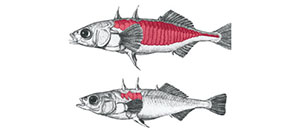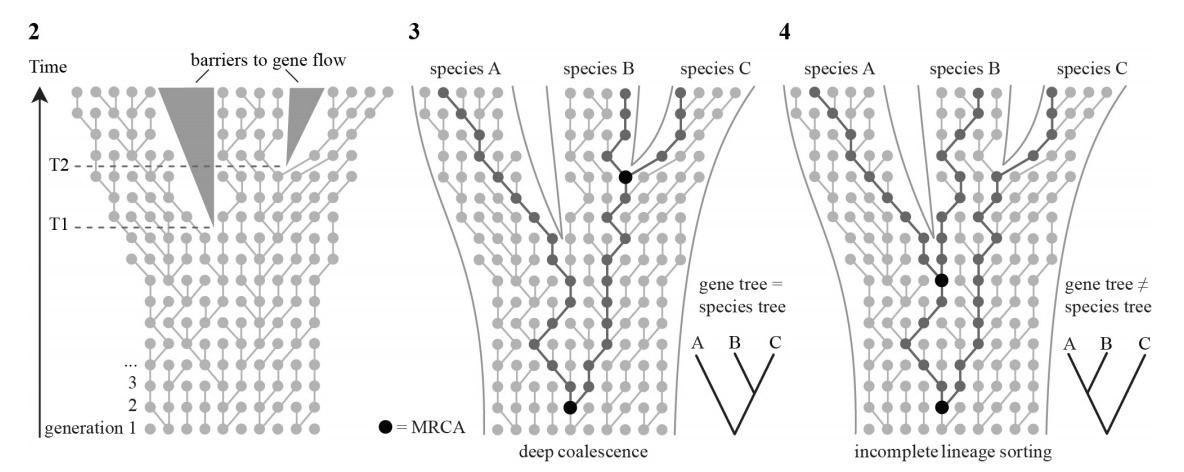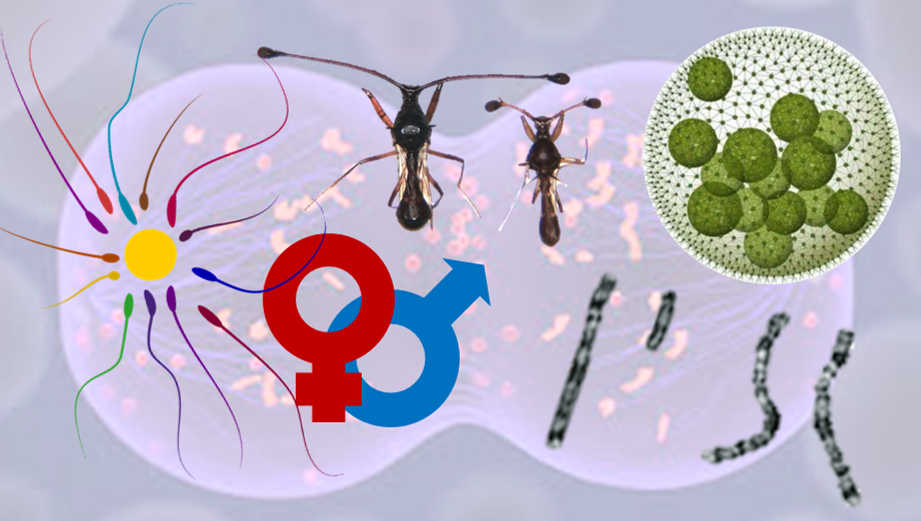In this course, you will familiarize yourself with conservation genetic concepts and get first-hand insight into conservation practice. The course accommodates various aspects of conservation genetics including a field excursion to the threatened habitat of the alpine/nival zone, interaction with conservation practitioners and hands-on practice using conservation genetic methods. The module combines elements of a seminar, field work and a computer lab.
- Teacher: Camille Kessler
- Teacher: Sarah Mueller
- Teacher: Jochen Wolf
- Teacher: Aliya Yakupova
In this course we will consider phenotypic evolution in natural populations, and how this is influenced by different types of selection, neutral drift, genetics and development. Students will learn how adaptive change is studied in different contexts and with a variety of methods. The course will also introduce students to primary scientific literature, as well as critically assess and design research intended to address evolutionary questions. The aim of the course is for students to begin thinking as evolutionary biologists.
The course is taught in English, reflecting its role as the working language of science.
- Teacher: Richard Merrill
- Teacher: Sarah Mueller
- Teacher: Daniel Wright

- Teacher: Niels Dingemanse
- Teacher: Susanne Franssen
- Teacher: Nicolas Gompel
- Teacher: Sonja Grath
- Teacher: Richard Merrill
- Teacher: Bart Nieuwenhuis
- Teacher: Timothy Ramnarine
- Teacher: Herwig Stibor
- Teacher: Maria Stockenreiter
- Teacher: Cristina Tuni
- Teacher: Jochen Wolf
- Teacher: Natascha Zhang
- Teacher: José Alcami Ayerbe
- Teacher: Richard Merrill

- Teacher: Sara Castillo Vicente
- Teacher: Ricardo do Nascimento Pereira
- Teacher: Linda Hagberg
- Teacher: Dirk Metzler
- Teacher: Sarah Mueller
- Teacher: Sonja Grath
- Teacher: Richard Merrill
- Teacher: Bart Nieuwenhuis
- Teacher: John Parsch
- Teacher: Ruthvik Shambulingappa Pallagatti
Sexual reproduction is the most common mode of reproduction in nature, however, its existence is one of the biggest problems in evolutionary biology. Why did sexual reproduction, a costly form of reproduction, evolve and why is it maintained? What led to the evolution of the two specialized groups ‘males’ and ‘females’? How does sex and the existence of sexes affect evolution at the genetic and genome level? In this seminar, based on classical and recent literature, we discuss these topics from the fundamental theory to recent genomic insights.
- The seminar takes place every Thursday 17:00 - 18:30
- Each week two people will give a short presentation on the topics to be discussed that week.
- The presentations are followed by a group discussion on one or two papers.
- The topics that will be discussed are:
- The origins of sexual reproduction
- Mating systems
- Ploidy and sexual reproduction
- Evolution of sexual asymmetries: mating types, anisogamy, separate sexes
- Diversity of sex determination systems
- Sexual selection
- Sexual conflict
- Sex chromosome evolution
- Sex chromosome turnover
- Genomic conflict and meiotic drive

- Teacher: Cristina Berenguer Millanes
- Teacher: Bart Nieuwenhuis
- Teacher: Richard Merrill
- Teacher: John Parsch
- Teacher: Jochen Wolf
- Teacher: Susanne Franssen
- Teacher: Sonja Grath
- Teacher: Bart Nieuwenhuis
- Teacher: Cristina Tuni
- Teacher: Vera-Maria Warmuth
- Teacher: Jochen Wolf
- Teacher: Sonja Grath
- Teacher: Bart Nieuwenhuis
- Teacher: Vera-Maria Warmuth
- Teacher: Jochen Wolf
- Teacher: Susanne Franssen
- Teacher: Sonja Grath
- Teacher: Bart Nieuwenhuis
- Teacher: Cristina Tuni
- Teacher: Vera-Maria Warmuth
- Teacher: Jochen Wolf
- Teacher: Joachim Haug
- Teacher: Tamara Mikeladze-Dvali
- Teacher: Natascha Zhang